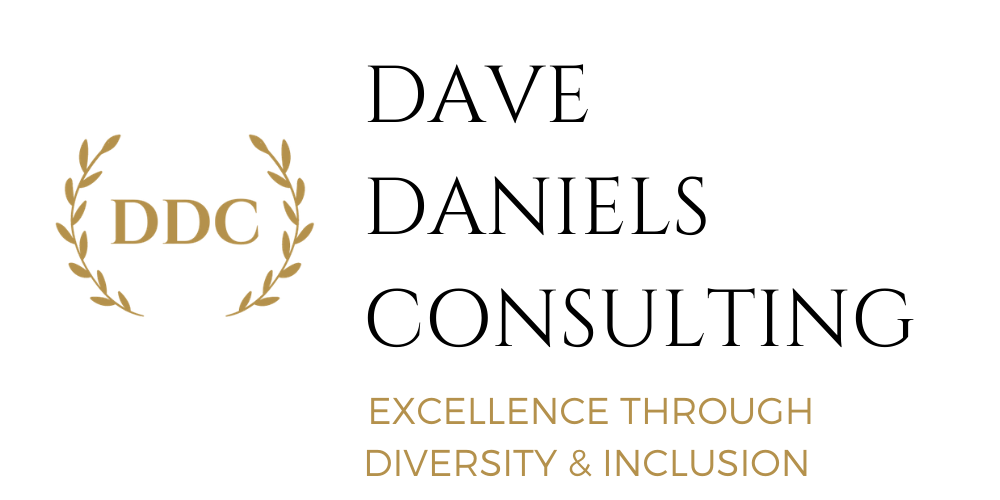Large, well-known companies are running hard to punctuate their support for Diversity and Inclusion. These organizations want to send a significant message to their employees and the general public. While contributions to various causes have skyrocketed, the addition of Chief Diversity Officer positions has become prevalent. The positive of these gestures revolves around transforming the role of the CEO, as presented by the very well-regarded Business Round Table CEO group in August 2019.
While these actions are well intended, large companies have available resources while small business and non-profits struggle to stay afloat. Many have the strong desire to mirror their large counterparts, but they have the opportunity to forge a very different path. The CEO’s of these organizations should focus primarily on tangible actions that will make a real difference within the company. There is a cost-effective approach that will help build a strong and strategic foundation and provide tangible results for years to come, if they choose the right path fulfilling the new vision of the role of CEO much quicker.

Valuable support to smaller organizations and non-profits is readily available.
How can the small business/Non-Profit CEO make this happen without breaking the bank? One of the many positives from the “Boomer” group is a willingness to share their extensive backgrounds with today’s CEO’s. Groups such as Vistage and others have formed over the past decade, and they are providing valuable support to smaller organizations including non-profits whose resources have been stretched to the limit.
This group of talented former executives bring an understanding of how to bring an initiative like Diversity and Inclusion from concept to reality in a strategic manner that will last and produce real results. My previous series of articles lay out a results based strategic approach for small to mid-sized businesses and Non-Profits. So many larger organizations are throwing money at this critical issue while taking a very tactical approach.
To prove my point, you need look no further than the flurry of racial sensitivity training sessions being implemented across the country. As I have mentioned previously, there are some outstanding learning sessions available. However, these classes are almost always directed to the middle of the organization with little awareness, knowledge, or support on the part of leadership. At best, they may be presented with a watered-down version of the “class,” but even this step rarely happens. I am a true fan of a strategic, just- in-time approach with Learning and Development, but this discipline is in such flux today, due to misdirected use of Distance Learning and the focus on Compliance training vs. a real transfer of knowledge delivered at the optimum time.
Your Diversity and Inclusion initiative needs to start with the Leadership Team that strategically integrates targeted action steps in a well thought out, progressive process that includes a Learning and Development approach for leadership in a way that is individualized and confidential. This can be achieved with the Intercultural Development Inventory administered by a certified coach who can make this assessment and individual development process come alive for every member of your leadership team. Then, and only then, should you consider infusing D & I training for the rest of the organization.
Finally, I encourage you to find someone who can become a confidant and really knows how to integrate and cascade Diversity and Inclusion in smaller organizations. This person should be someone you trust who is willing and able to help you transform to the new definition of a CEO, and does so while providing you with a tremendous return on Investment. We are out there. You just need to reach out and ask for the help. As always, thanks for listening.
